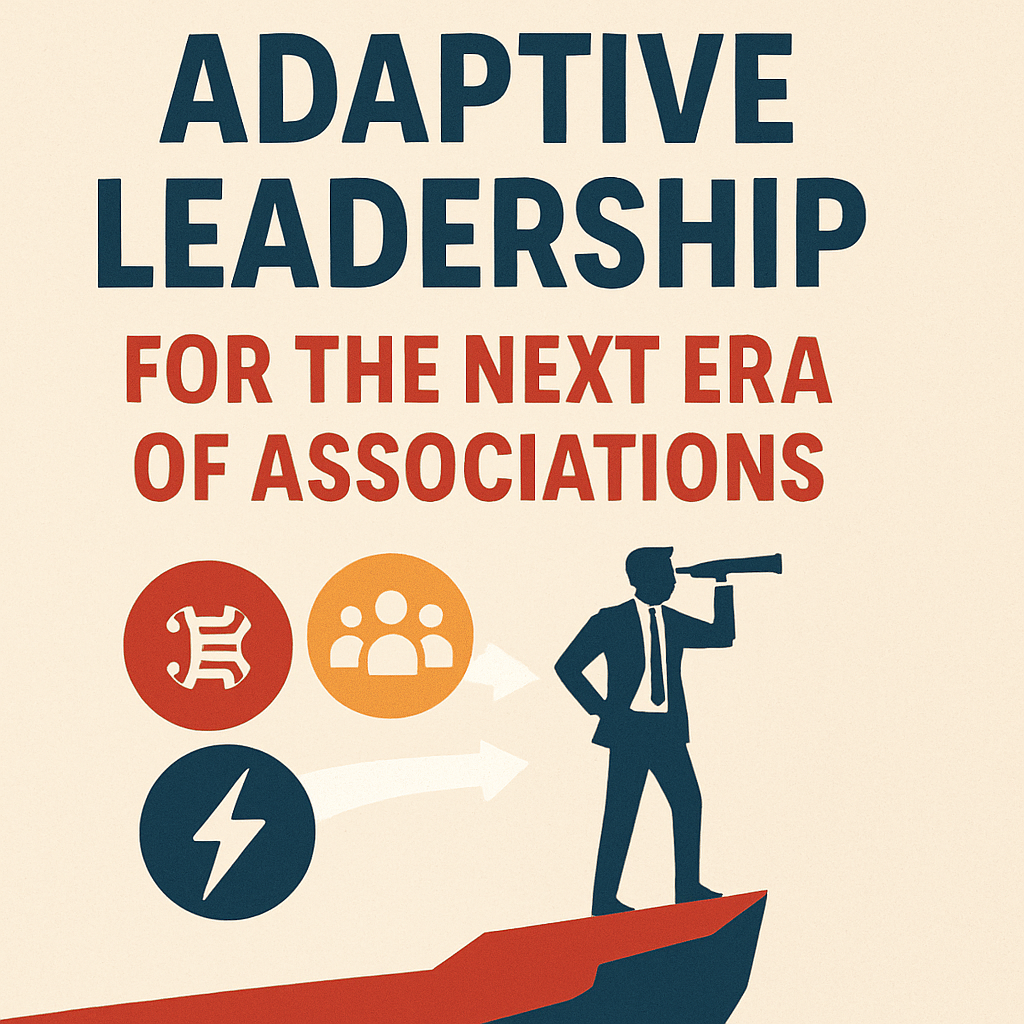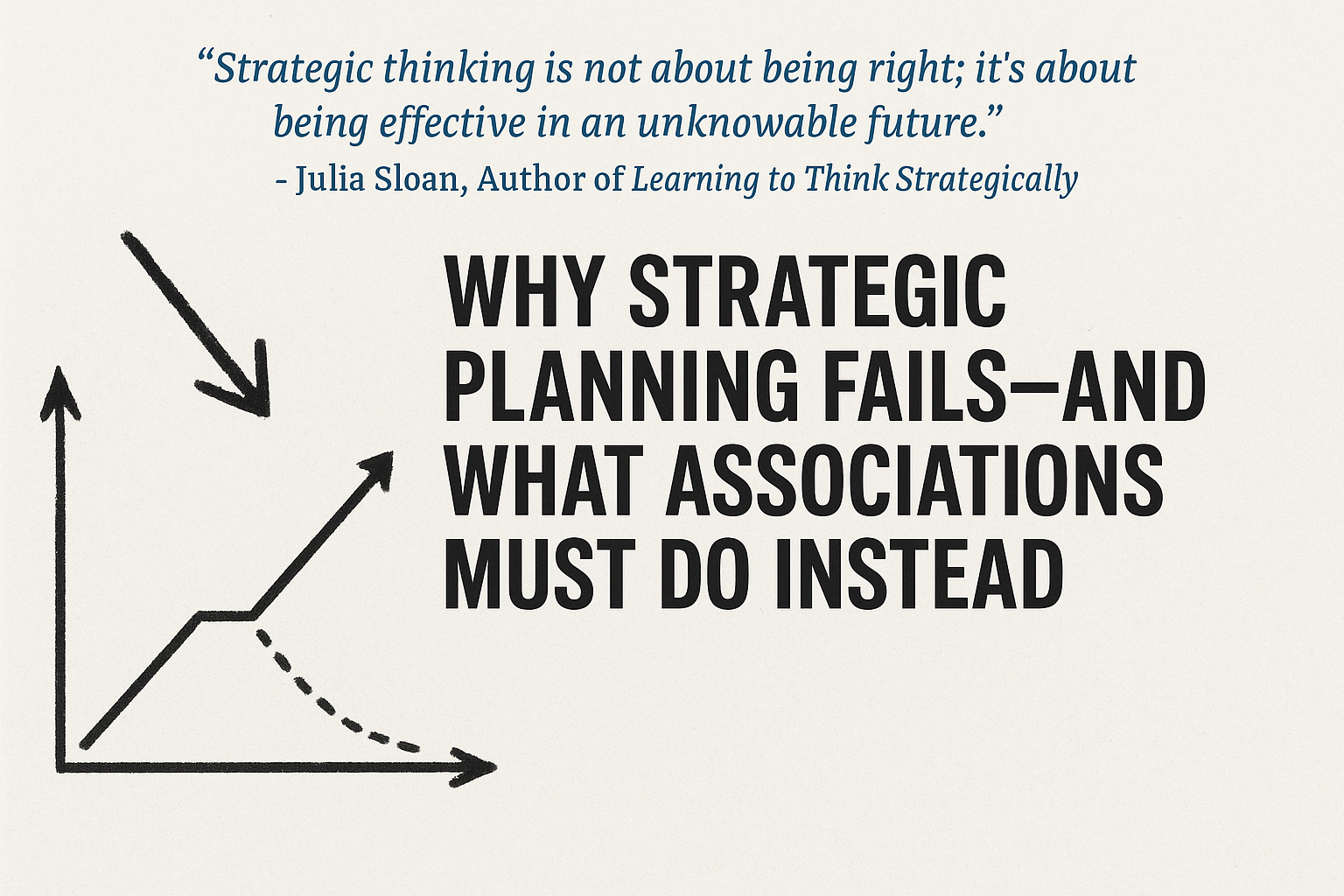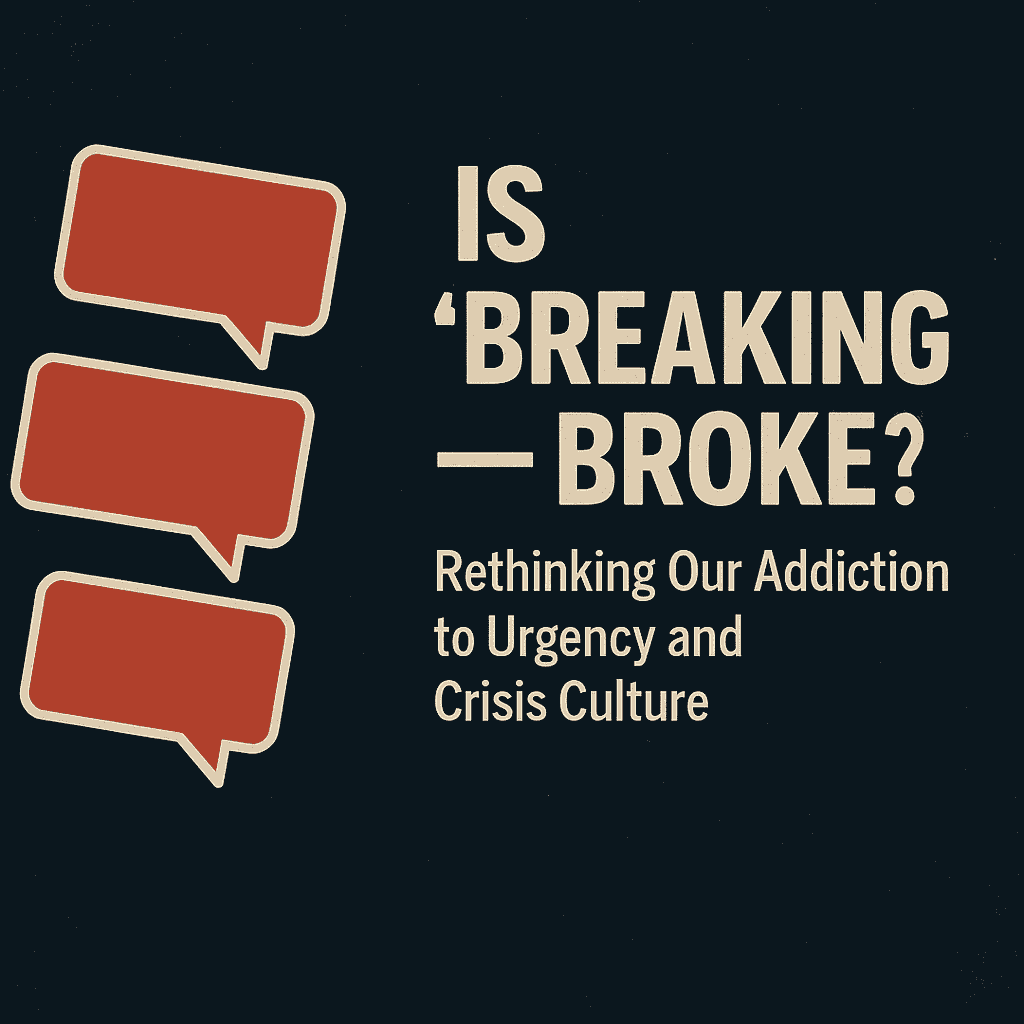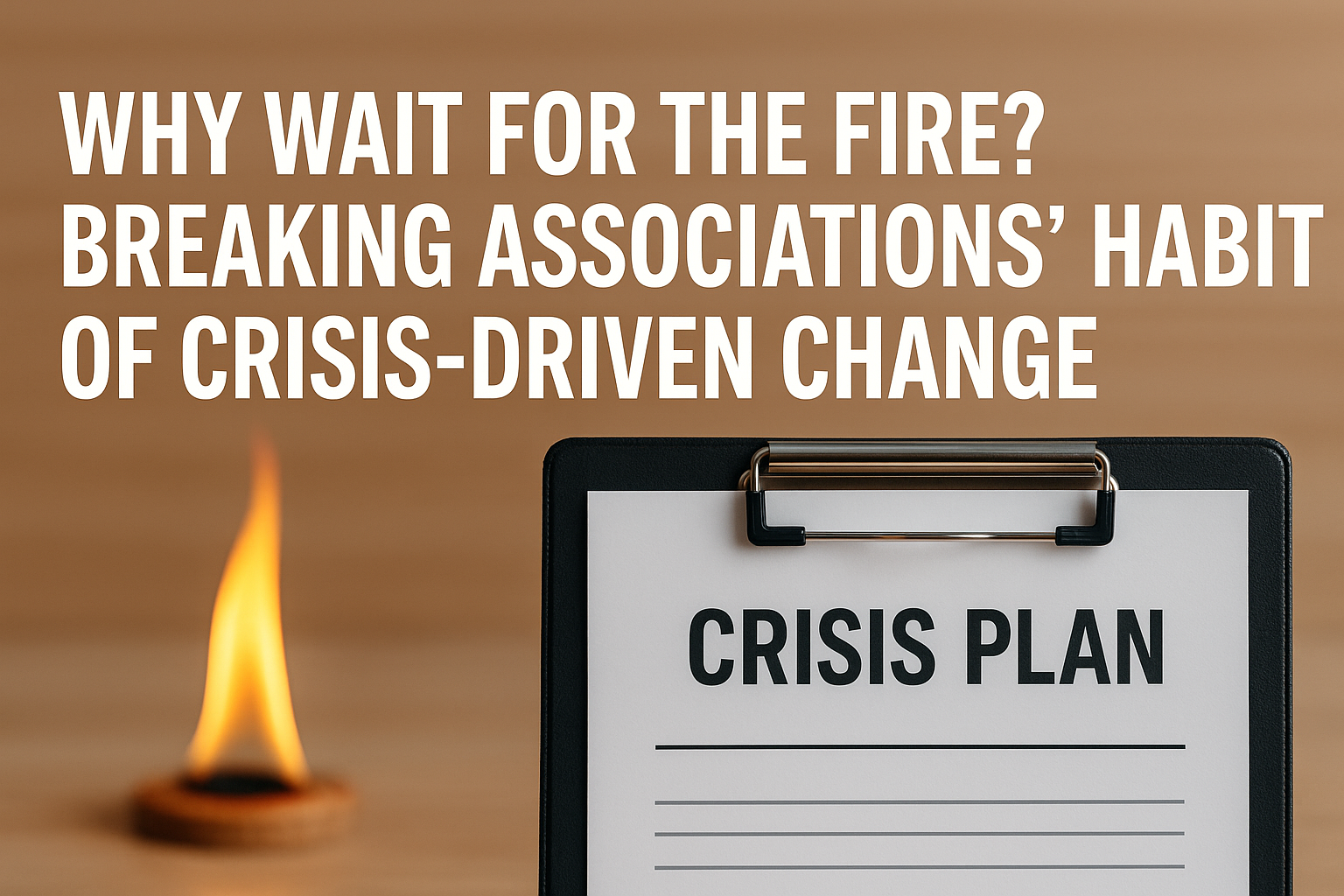
“Leadership is not about being in charge. It is about taking care of those in your charge.”
Simon Sinek
Associations are facing a cascade of disruptions: accelerated technology, shifting demographics, political polarization, and evolving member expectations. In this new environment, the old rules of leadership no longer apply. Stable environments have favored predictable planning, incremental improvement, and control-oriented management. But stability is no longer the norm.
What’s needed now is adaptive leadership—a framework built for ambiguity, grounded in learning, and oriented toward the future.
In this 6-part series, we will explore leadership and capacity building in the era of
Disruption
Why Adaptive Leadership Matters Now
Traditional leadership assumes the leader has the answers. Adaptive leadership begins with a different premise: that no one has all the answers, and solutions must be discovered collaboratively through experimentation, reflection, and adjustment.
Developed by Ronald Heifetz and colleagues at Harvard, adaptive leadership distinguishes between technical challenges (those with known solutions) and adaptive challenges (those requiring new learning). Membership decline, cultural misalignment, and digital transformation are not technical problems;they are adaptive ones.
Characteristics of Adaptive Leadership
Associations that lead adaptively share several traits:
- They diagnose the system. Instead of fixing symptoms, they identify root causes embedded in structures, behaviors, or norms.
- They distribute leadership. Adaptive work is collective. It requires broad engagement, especially from people with lived experience of the problem.
- They create safe containers for conflict. Adaptive leaders don’t avoid discomfort; they manage it productively to stimulate learning and change.
- They experiment. In uncertain environments, small, safe-to-fail experiments yield insights faster than rigid plans.
- They commit to continuous learning. Adaptive leadership isn’t about projecting certainty. It’s about modeling curiosity, resilience, and humility.
What This Looks Like in Practice
Consider an association facing declining conference attendance. A technical fix might be to offer early-bird discounts. An adaptive approach would ask: Why is attendance down? Have member expectations shifted? Are we delivering the correct value?
Adaptive leaders don’t just execute better—they reframe the problem. They invite dissent, engage new voices, and test bold alternatives. They see the association not as a machine to be fine-tuned, but as a living system that must evolve.
Challenges to Embracing the Adaptive Mindset
Adaptive leadership often feels slow, uncomfortable, or risky, especially for boards or executives accustomed to a command-and-control approach. Frequently, Boards and CSOs do not realize that they are operating in command-and-control mode. The pressure to deliver immediate results can overshadow longer-term, adaptive work. Yet without adaptation, relevance erodes.
Boards and Executives must also resist the temptation to solve everything themselves. In adaptive environments, authority must be shared. That can threaten traditional power structures—but it’s the only path to sustained success.
Building a Culture That Supports Adaptive Leadership
For adaptive leadership to take root, the culture must reward learning, not just achievement.
- Valuing questions as much as answers
- Encouraging calculated risk-taking
- Supporting reflection and pause
- Creating time and space for team-level experimentation
Without cultural reinforcement, adaptive efforts become episodic rather than embedded.
Key Takeaways
- Adaptive leadership is crucial for navigating the rapid changes of the 21st-century landscape.
- It focuses on shared learning, distributed authority, and responsive experimentation.
- Associations must evolve their culture—not just their strategies—to make adaptive work possible.
- Leading from the edge means being willing to stay open, vulnerable, and future-facing.
Coming Next Week: Part 2 of 6
Redefining the Role: From Curation to Creation in the Executive Director Seat
If leadership itself must evolve, so too must the role of the Chief Staff Officer (CSO) Executive Director. In Part 2 of our series, we examine how association CEOs and chief staff officers must evolve from guardians of the past to stewards and architects of the future.AAV – BLOG – Leading in the Age of Disruption – Part 1 of 6 – Leading from the Edge – Adaptive Leadership for the Next Era of Associations








